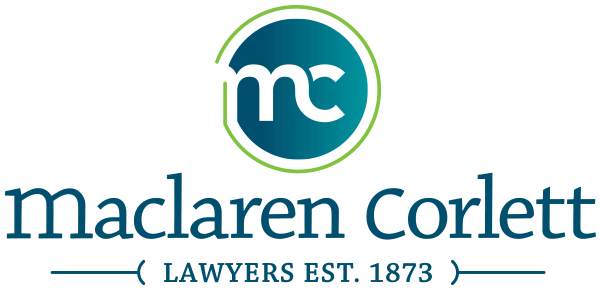The materials on the Maclaren Corlett LLP web site (the “Site”) have been developed as an electronic resource respecting our organization.
Any information sent to Maclaren Corlett LLP through this Site is not a confidential lawyer-client communication. No lawyer-client relationship is created by such correspondence or by you accessing the materials on this Site.
Any information sent or received over the Internet is generally not secure. Maclaren Corlett LLP cannot guarantee the security of any communication to or from the Site, nor does it assume any responsibility or risk for your use of the Internet.
The Site and Content is provided on an “as is” and “as available” basis, without any warranty or condition of any kind, either express or implied. YOU ACKNOWLEDGE AND AGREE THAT YOU ARE USING THE SITE AND THE CONTENT, IF APPLICABLE, ENTIRELY AT YOUR OWN RISK AND LIABILITY.
By accessing or using the Site, you agree that all matters relating to your access or use of the Site and Content or to these Terms shall be governed by the laws of the Province of Ontario and the federal laws of Canada applicable therein excluding any conflict of laws principles.
All material on this site is copyright by Maclaren Corlett LLP and may not be reproduced in any form for commercial purposes without its express written consent.
Please contact us for a copy of our Privacy policy.



